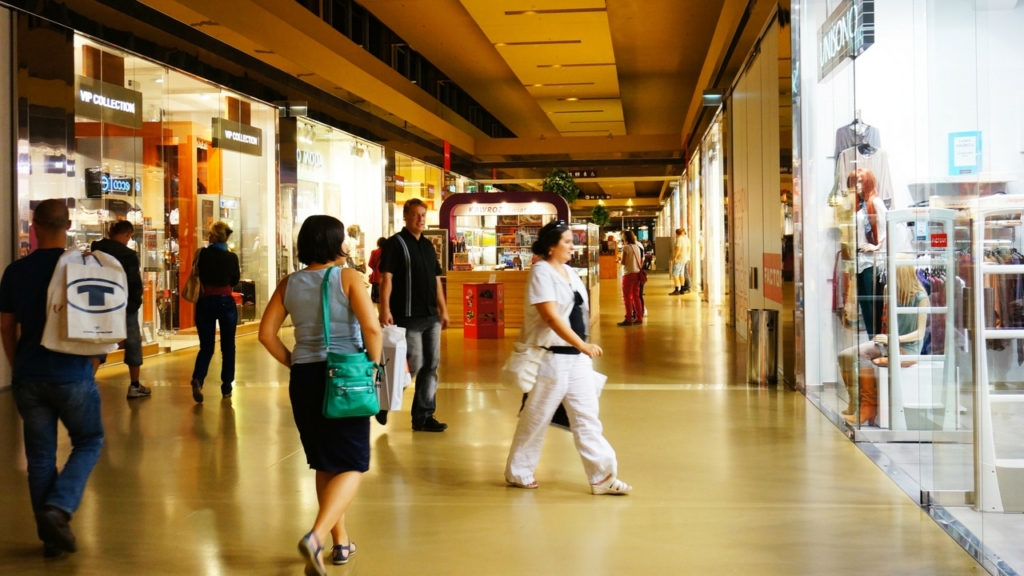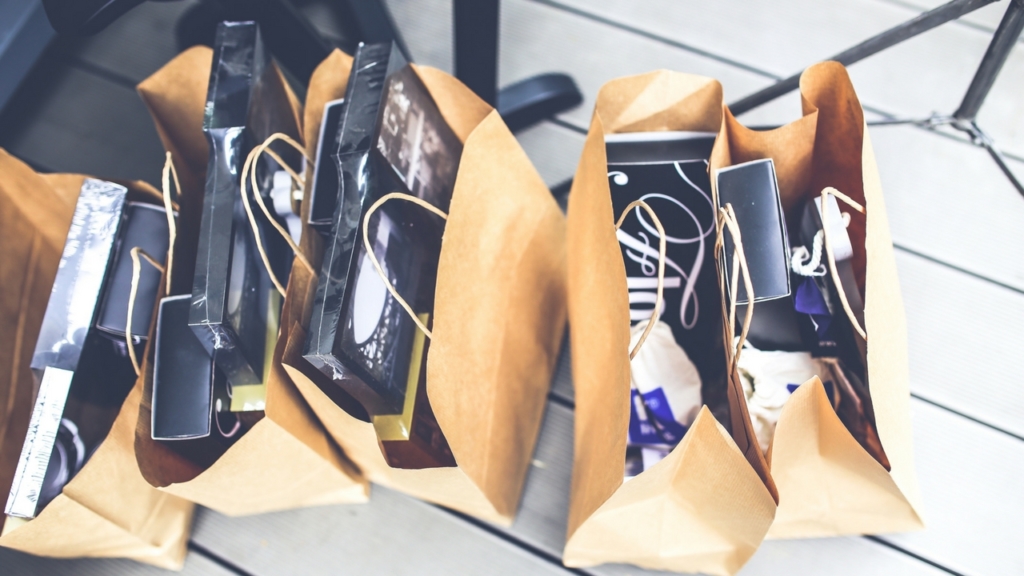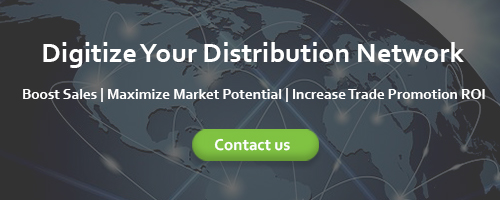Congratulations! If you’re reading our Think Again Series, you either already have a CRM strategy in place or are serious about getting one. Which shows you really understand the value of establishing and nourishing the relationship with your customers.
Having been in the CRM business for over 10 years now and having a team of excellent CRM Scientists (as I like to call them) with tons of experience in the field, we have seen a very common pattern in brands. At the start of any CRM program we see a spike in everything – efforts, budgets, resources, responses and RoI. But often, overtime, the program reaches a plateau. A lot of brands forget about the promise of CRM as time goes by, and most of times these are due to small misses that can be fixed, if identified early.
At Capillary, we have devised a framework to identify just this. Our CRM Scientists have identified five areas that are critical to analyze the health of your CRM strategy. Here they are:
1. Organization Readiness
You already know this, but I can’t stress on it enough. A successful, stellar CRM strategy is not something that only your team needs to be working towards. It needs to be an overall organizational objective. Many a times, the CRM program does not meet its objectives or bring the results it actually has the potential of, simply due to lack of budget allocation, resources and lack of seriousness from the top.
We have highlighted how you can get your organization CRM ready and ensure the objectives set by all departments are aligned to achieve the CRM objectives. Yes, your CRM program needs to be the center of the universe at your organization and our framework is going to show you how.
2. Know Your Consumer
One of the most important aspect of any CRM program, is knowing who your consumers are. And a crucial part of this, is to know which pieces of information you absolutely need to have on your consumer.
And that’s what our CRM framework highlights for you. We’ve broken this down into 3 sub sets that will help you analyze your data collection and collation techniques much more closely. You will then be able to analyze whether or not your database caters to your business’s immediate goals or long term objectives.
3. Analytics Maturity
Analytics is hard. You need to have the right resources, the right tools and the eye to know what the behavior of your customers is now, and what they are most likely to do in the future. This entails having certain checks in your analytics and data mining strategies.
Through our CRM framework, you can discover these areas and with sophisticated scoring mechanism, you can tell precisely how to fine tune your analytics strategies to understand your customers much more closely and put lasting predictive models in place that constantly feed you with the right insights and suggest the right course of action.
4. Real-time Customer Engagement
Sending customers a communication immediately when they register or make a purchase does cover the “real-time” aspect, but that does not mean “customer engagement” in the true sense. Customer engagement means reaching out to them with a communication that is relevant to them, at a time that is apt for them and through a channel that they prefer. Are you doing this effectively?
The CRM assessment model tells you the various areas you need to be looking at to ensure you are on the right track when it comes to real-time customer engagement. Marketer Jennifer Burnham says that “while a CRM system may not elicit as much enthusiasm these days as social networking platforms like Facebook or Twitter, any CRM system is similarly built around people and relationships.” Is yours?
5. Integrated Technology
Omnichannel CRM platform doesn’t simply mean having connected channels in the front end to interact with the customer. It also means having connected systems in the backend to ensure the data is flowing smoothly across all channels and functions. For example, how do you collect your data? Do you have to move your data from one tool to another for campaign executions? What is the lag time in the transfer of data?
Having a regular check on all these factors ensures you know for sure where your brand stands today in terms having integrated systems and where you should be getting at. Clear targets with clear measuring techniques can go a long way.
Our Think Again Series does a deep dive into each of these five dimensions to clearly spell out to you, how you need to measure each of them and how you can use the results to plan better and ahead. Read part 1 to learn how to run a CRM driven organisation.
If you want to get your assessment done now, reach out to us by clicking on the banner below and we will get in touch with the CRM 5D Framework tool kit and lots of insights!
People also ask ⁝
1: What are the key components of a successful CRM strategy?
Key components of a successful CRM strategy include understanding customer needs, leveraging data analytics, providing personalized experiences, and continuously refining the approach based on feedback and performance metrics.
2: How can businesses improve their CRM strategy?
Businesses can improve their CRM strategy by integrating advanced CRM software, training their staff on effective customer relationship management, and using data to make informed decisions.
3: What role does technology play in CRM strategy?
Technology is critical in CRM strategy by automating processes, providing insights through data analytics, and enabling personalized customer interactions.
4: How can a strong CRM strategy drive business growth?
A strong CRM strategy can drive business growth by improving customer satisfaction, increasing customer retention, and providing actionable insights to enhance marketing and sales efforts.
5: What are the benefits of implementing a CRM system?
Benefits of implementing a CRM system include improved customer data management, streamlined communication, enhanced customer service, and better decision-making capabilities.














